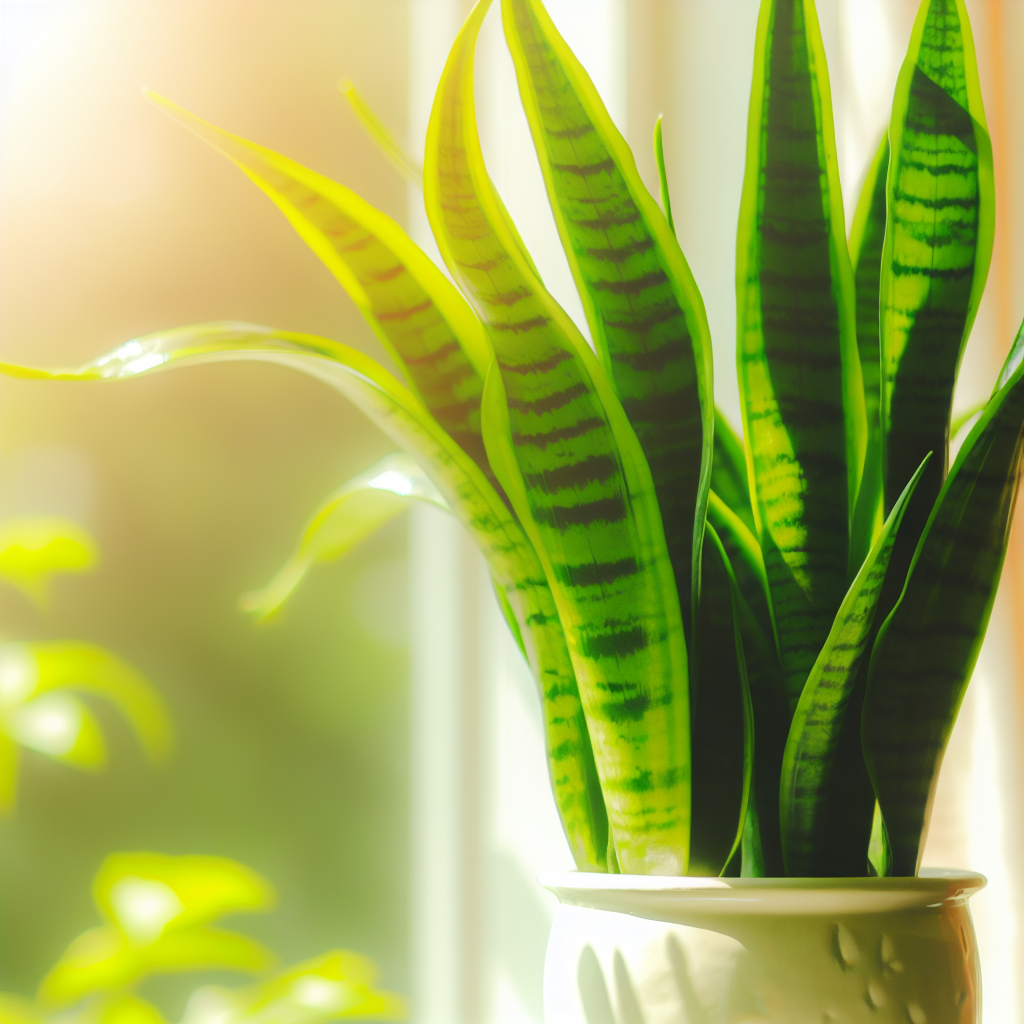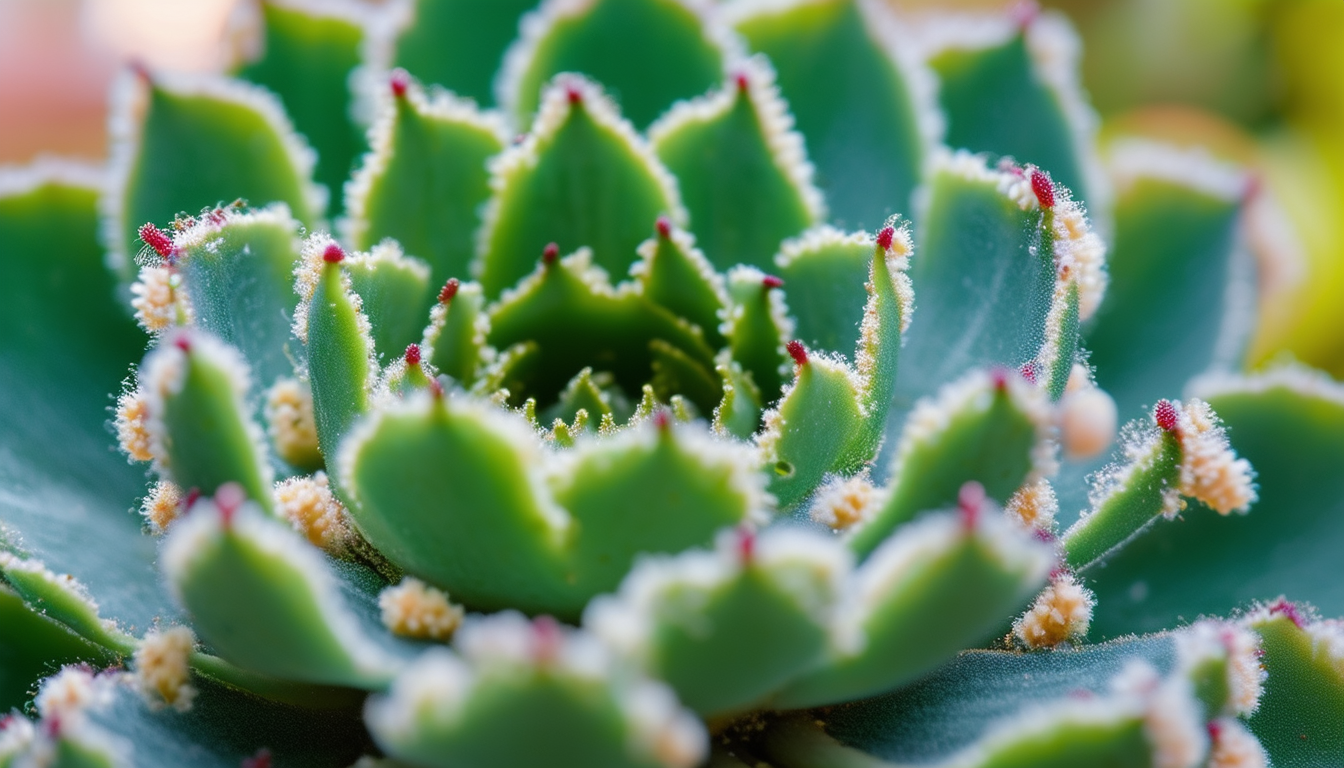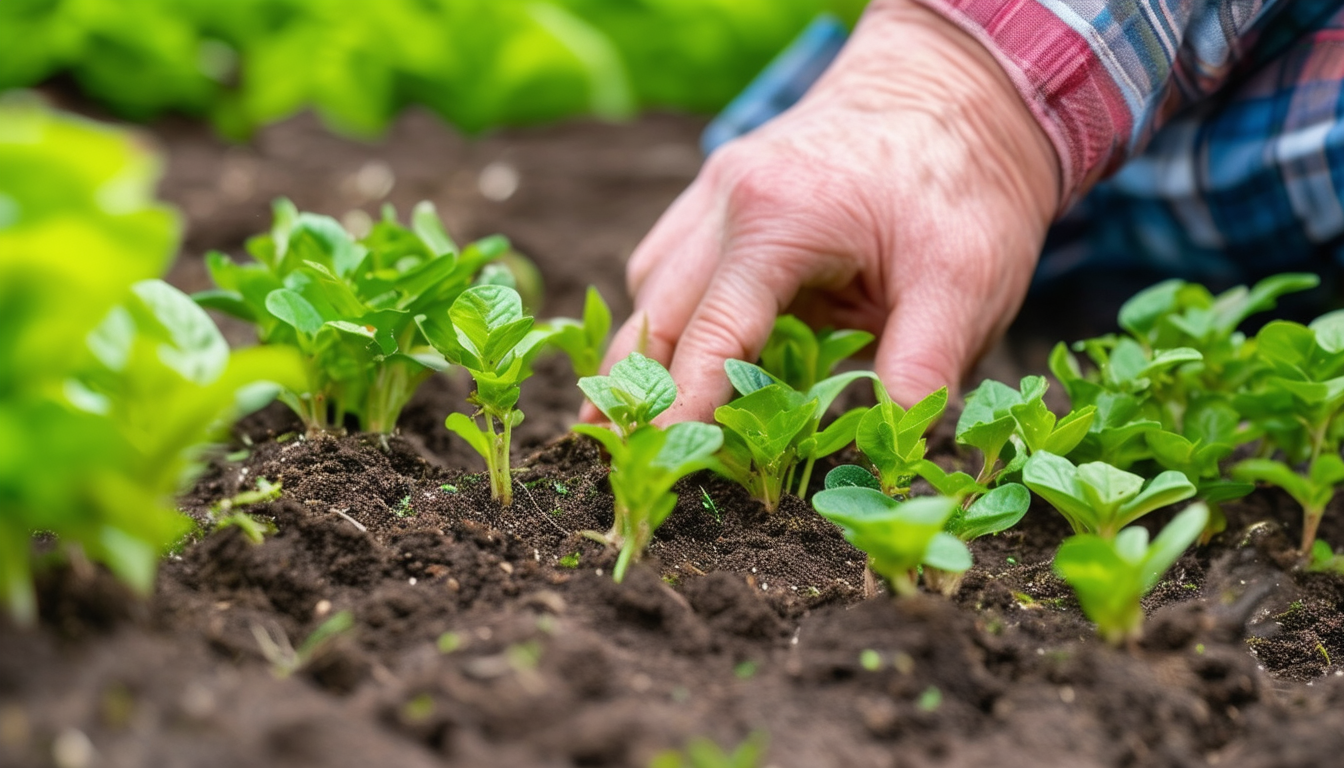
Discover the secrets to perfectly hydrating your snake plant, ensuring it thrives in your home or office environment.
Understanding Your Snake Plant's Water Needs
Snake plants, also known as mother-in-law's tongue, are renowned for their hardiness and ability to thrive on minimal care. Native to West Africa, these plants are well-adapted to survive in dry, arid conditions, making them ideal houseplants for busy individuals or those new to plant care. Understanding your snake plant's water needs begins with recognizing its drought-tolerant nature, which is attributed to its thick, waxy leaves capable of storing water.
The key to watering a snake plant properly is to follow a 'less is more' approach. This means watering deeply but infrequently, allowing the soil to dry out completely between waterings. Overwatering can lead to root rot, a common issue with snake plants, so it's essential to monitor soil moisture before deciding to water again.
Key Factors Influencing Watering Frequency
Various factors can influence how often you should water your snake plant. The size and type of pot, the soil mix, the plant's size, and the environmental conditions of your home all play crucial roles. A snake plant in a porous clay pot will require watering more frequently than one in a plastic container because clay allows for more evaporation. Similarly, a well-draining soil mix designed for succulents will dry out faster than a denser potting mix.
The watering frequency is also affected by the amount of light and warmth the plant receives. A snake plant placed in a bright, warm spot may need more water than one in a cooler, low-light area. Always adjust your watering schedule based on these key factors to ensure your snake plant receives the optimal amount of moisture without being overwatered.
Seasonal Adjustments for Snake Plant Care
Seasonal changes have a significant impact on your snake plant's watering needs. During the growing season, which is typically spring and summer, your snake plant will likely require more water due to increased light levels and warmer temperatures, which encourage growth. Conversely, in the fall and winter months, the plant's growth slows down, and it will require less water.
It's important to reduce the frequency of watering during the cooler, darker months to prevent overwatering and potential root rot. A good rule of thumb is to water your snake plant every few weeks in the growing season and even less frequently during the dormant period, always checking the soil moisture level before doing so.
Signs of Overwatering and Underwatering
Knowing the signs of overwatering and underwatering can help you adjust your care routine to prevent damage to your snake plant. Overwatering is typically indicated by yellowing leaves, a mushy base, or a foul smell emanating from the soil, which suggests root rot. If you notice these signs, allow the soil to dry out completely before watering again and consider repotting the plant with fresh soil.
Underwatering, while less common due to the snake plant's drought tolerance, can still occur, especially in very dry environments or if the plant is forgotten for an extended period. Signs of underwatering include wrinkled or curled leaves and dry, crumbly soil. If your snake plant shows these symptoms, gradually reintroduce water to the soil until the plant recovers.
Best Practices for Watering Your Snake Plant
To keep your snake plant healthy and hydrated, it's essential to follow best practices for watering. Always use room temperature water and water the plant at the base, avoiding getting water on the leaves, which could lead to fungal issues. Ensure your pot has proper drainage holes to allow excess water to escape and prevent water from pooling at the bottom.
Check the soil moisture by inserting a finger up to the first knuckle; if the soil feels dry at that depth, it's time to water. Additionally, consider the use of a moisture meter for a more accurate reading. By adopting these best practices, you can maintain the perfect balance of moisture for your snake plant, leading to a robust and vibrant houseplant that enhances your living space.



